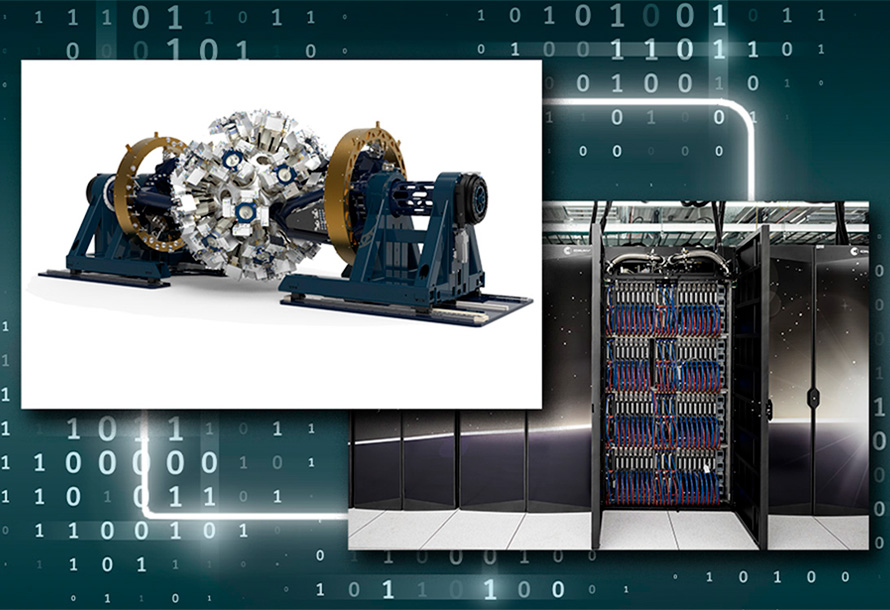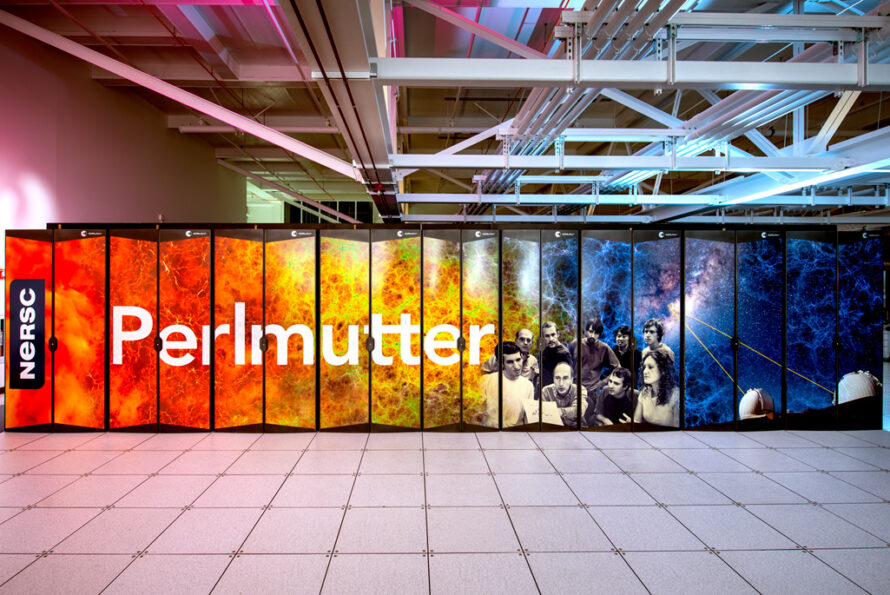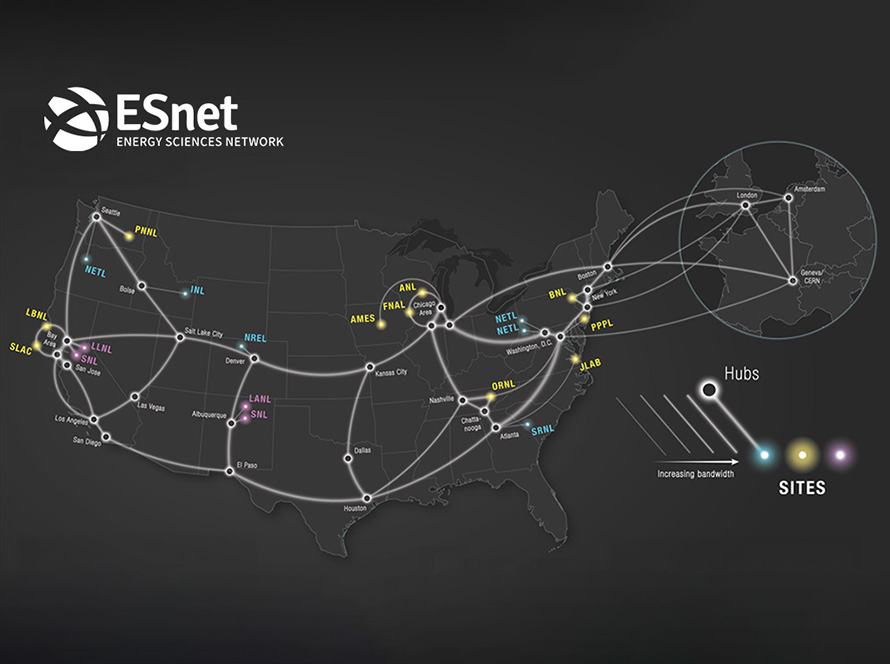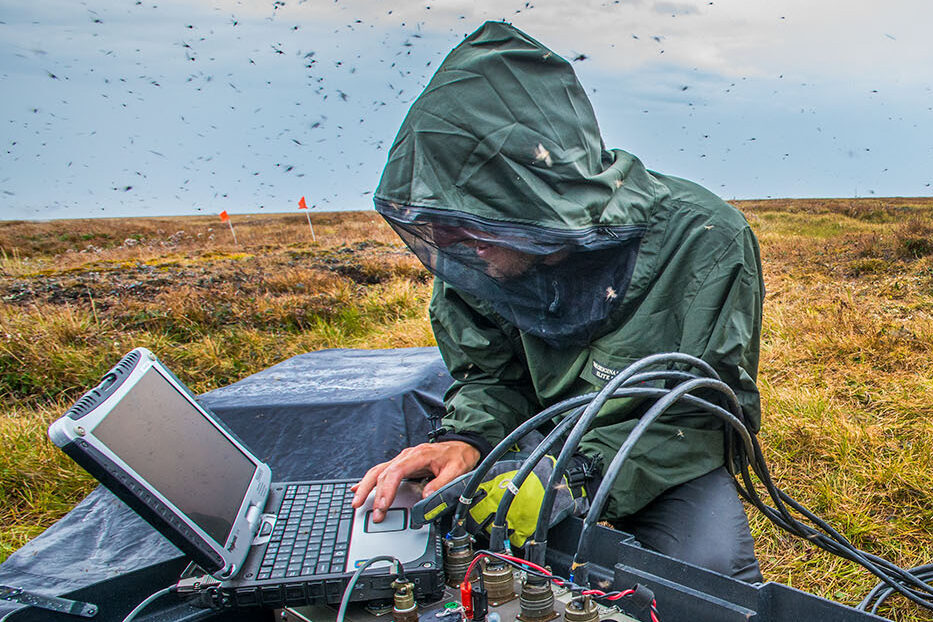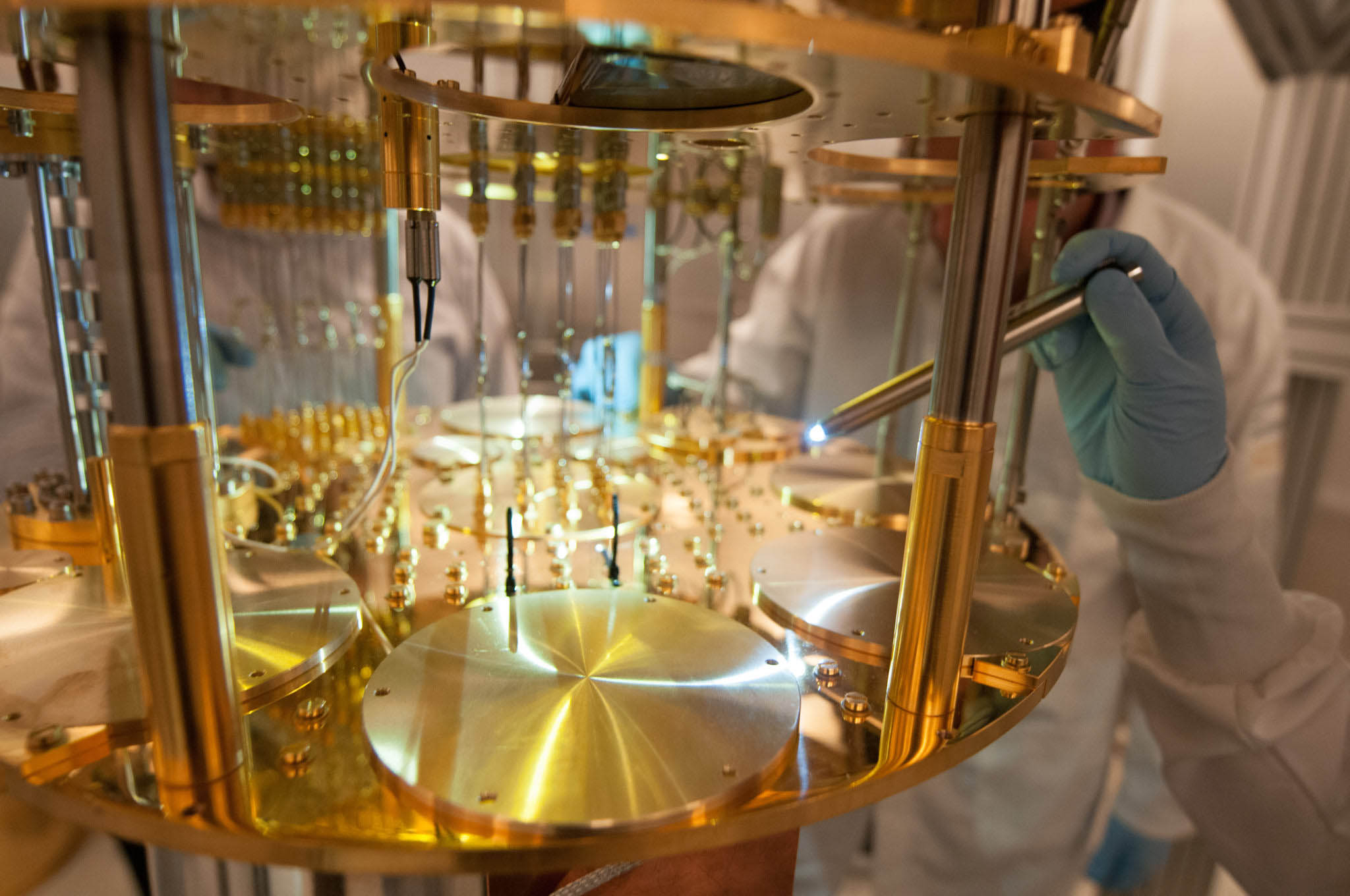In the 20th century, the development of computers and networks have allowed researchers to process and analyze massive data sets, validate theories with computer models, and use networks to pool expertise and resources to achieve breakthroughs. Berkeley Lab researchers continue to advance and apply novel approaches in computational science and networking to accelerate scientific discovery.
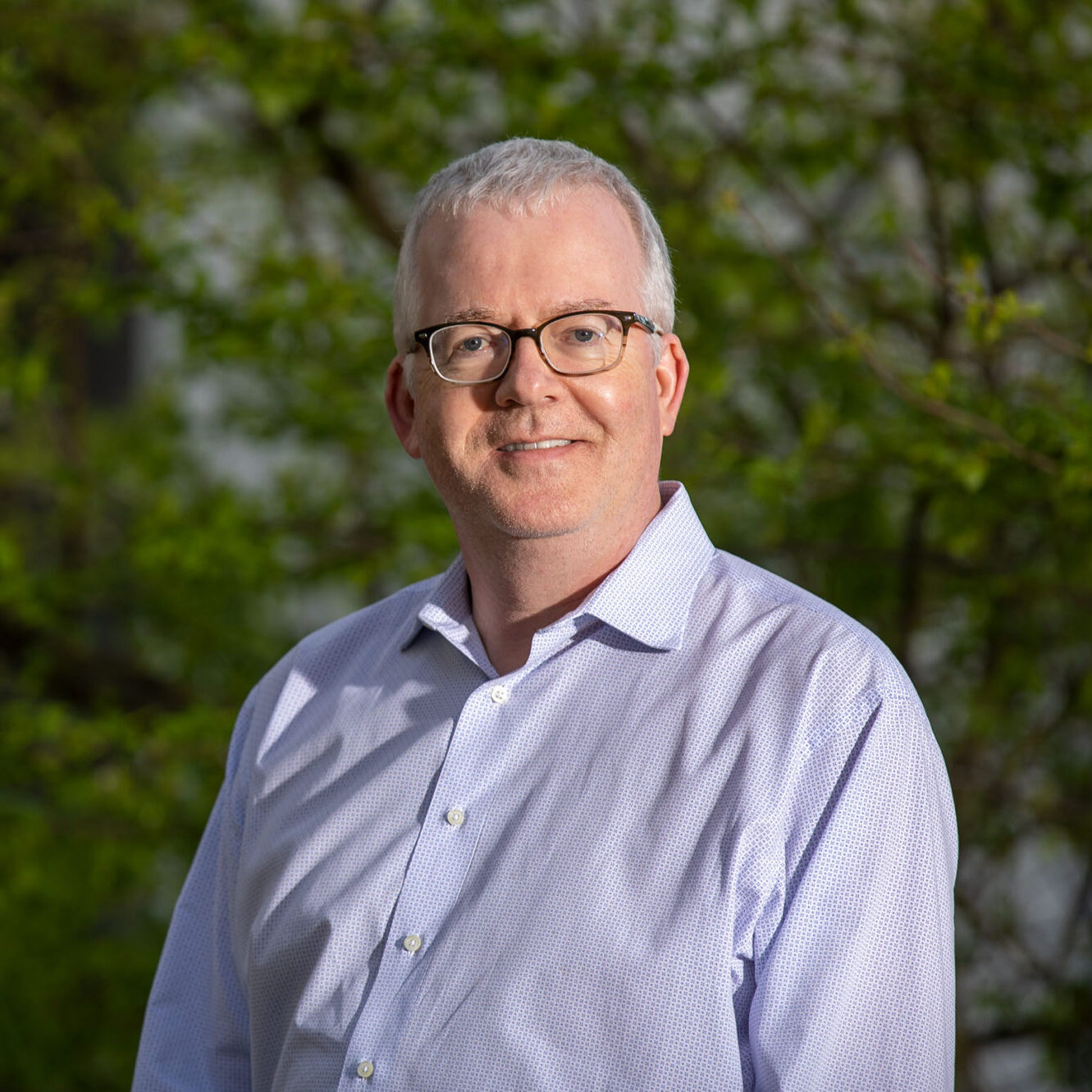
Advanced computing technologies
Investigating novel computer architectures, computer languages, systems software, performance analysis, algorithms, and data management for next-generation high-performance and edge computing.
Beyond Moore’s Law / frontiers of computing
Inventing energy-efficient electronics, materials, systems, devices, manufacturing systems, and architectures to continue exponential technology scaling of digital electronics performance and energy efficiency in response to the tapering of Moore’s Law.
Superfacility / self-driving labs
Automate, integrate, and steer experimental and observational instruments using computing facilities where incoming data is analyzed, archived, and curated.
Data science
Transforming data-driven discovery and understanding by developing and applying novel data science methods, technologies, and infrastructures with scientific partners.
Software enabling science
Developing sustainable software packages for modeling and simulation, computer science, and data science to enable scientific discovery.
Quantum computing
Fabricating and testing quantum-based devices, developing software and algorithms, building a prototype computer and network, and applying these innovations to scientific research.
Modeling and simulation
Delivering innovative, effective multiscale modeling and simulation solutions in a variety of scientific areas.
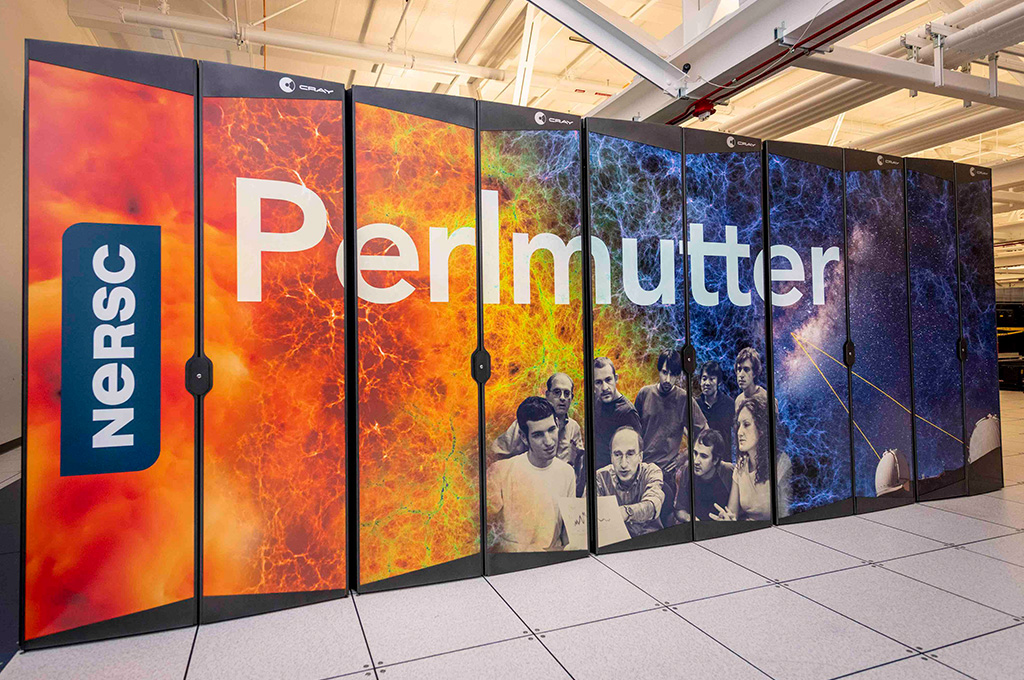
NERSC provides computational and data resources and expertise to scientists performing open-science research.
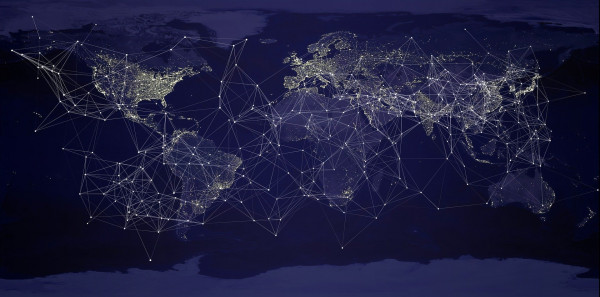
ESnet performs research and provides high-bandwidth network connections to meet the exceptional data demands of DOE science.
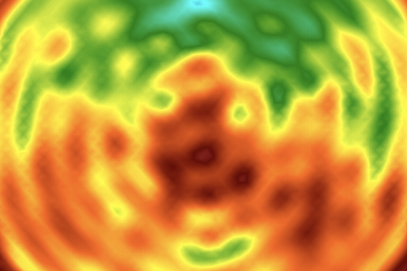
CAMERA is an integrated, cross-disciplinary center that aims to invent, develop, and deliver the fundamental new mathematics required to capitalize on experimental investigations at scientific facilities.
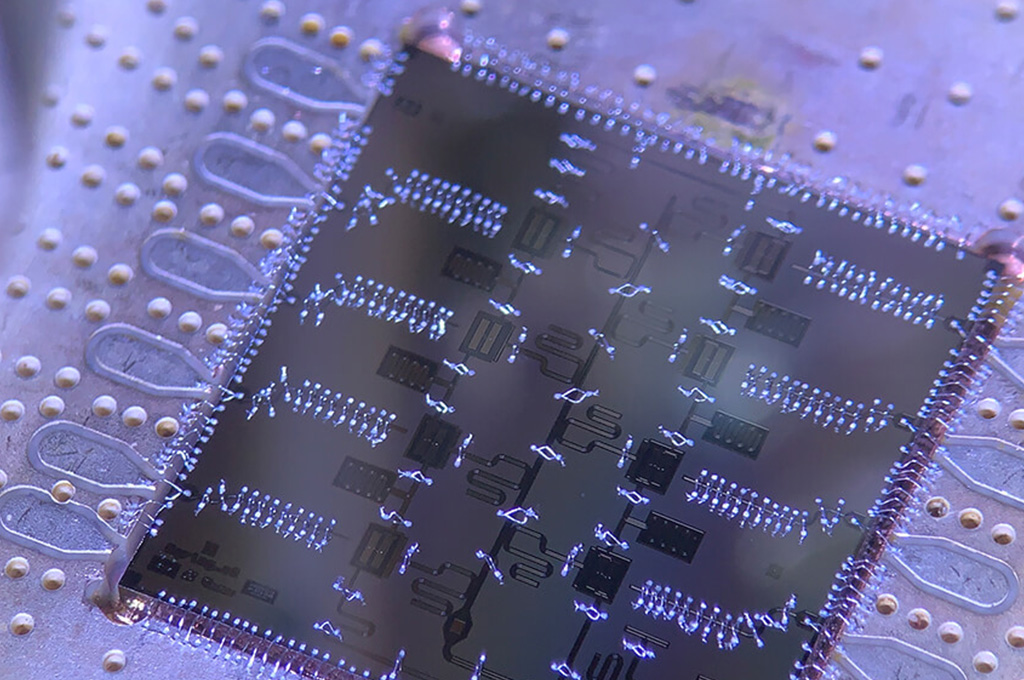
A collaborative research laboratory and open-access testbed to advance quantum computing based on superconducting circuits.
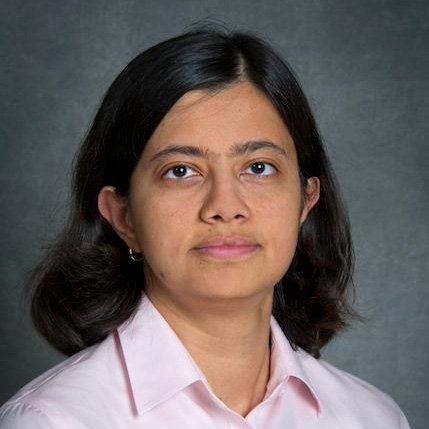
Lavanya Ramakrishnan is a senior scientist and division deputy in the Scientific Data Division within the Computing Sciences Area. Her research interests are in building software tools for computational and data-intensive science with a focus on workflow, resource, and data management.
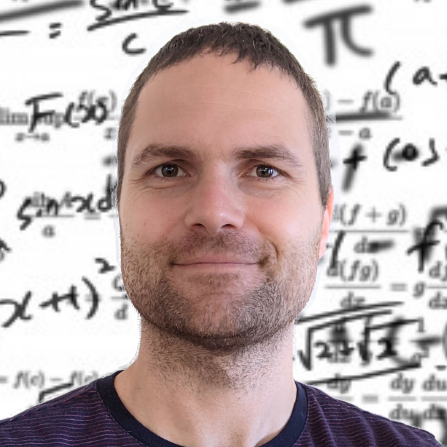
Marcus Noack is a research scientist in the Applied Mathematics and Computational Research Division focusing on mathematical theory and algorithms for uncertainty quantification and autonomous experimentation. He developed gpCAM, a software widely used in applications across many experimental facilities around the globe.
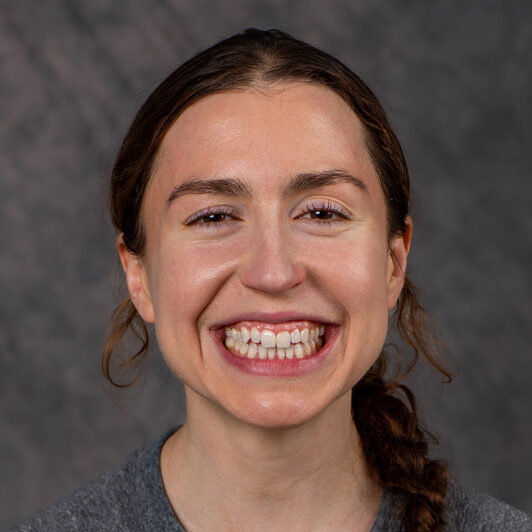
Katie Klymko is a staff member in NERSC's Advanced Technologies Group working to integrate HPC and quantum computing. Her previous work focused on the development of efficient methods for eigenvalue calculations in molecular systems as well as quantum computing algorithms to explore thermodynamic properties.
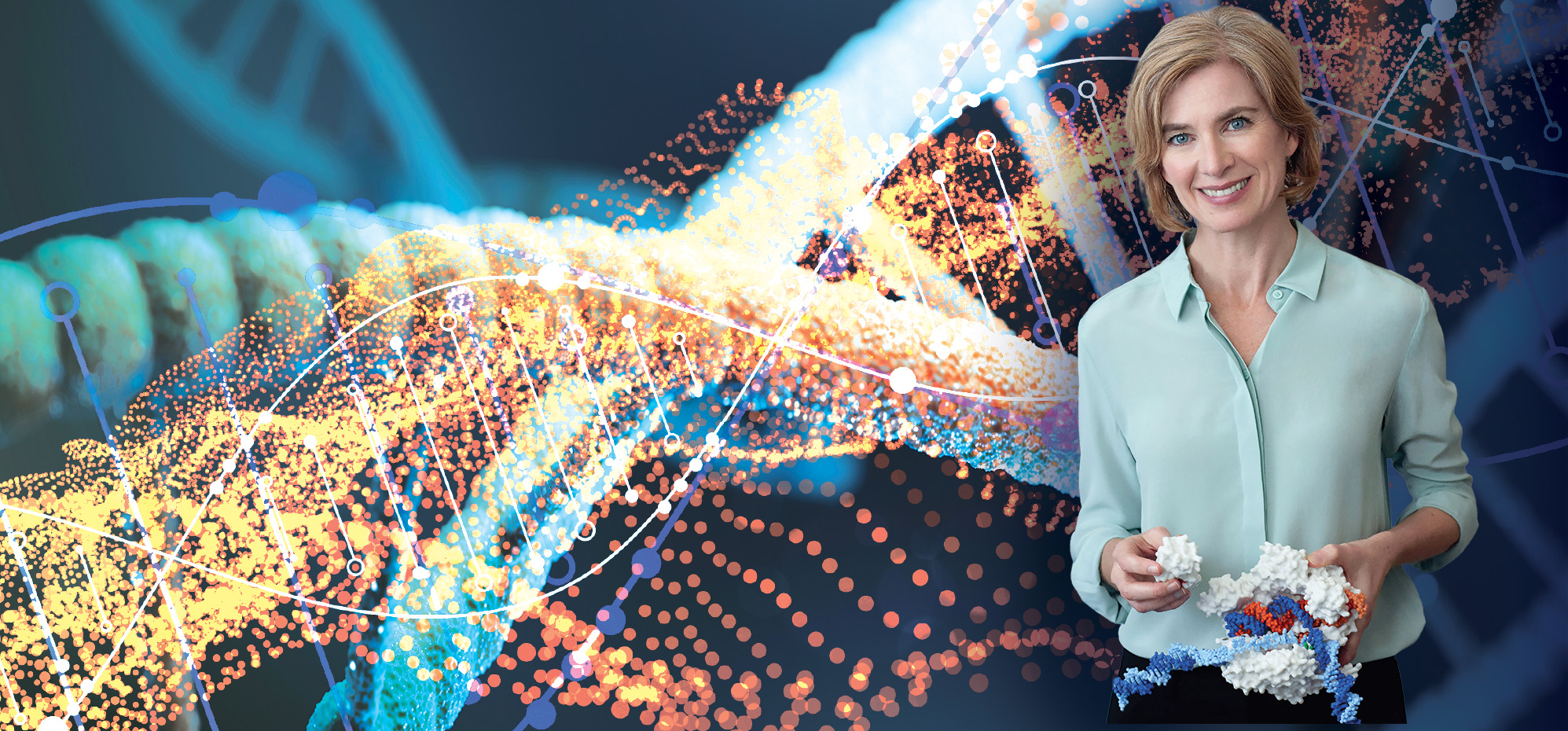
The new supercomputer, a Dell Technologies system powered by NVIDIA’s next-generation Vera Rubin platform, will be engineered to support large-scale high-performance computing (HPC) workloads like those in molecular dynamics, high-energy physics, and AI training and inference — and provide a robust environment for the workflows that make cutting-edge science possible.
In this 8-minute audio interview, Sudip Dosanjh, director of the National Energy Research Scientific Computing Center (NERSC) at Lawrence Berkeley National Laboratory, discusses the future of computing and the integration of AI and high-performance computing to enhance scientific discovery.
